What’s Up?
My flight from Islip got into Orlando about 30 minutes early just after 9am on Friday. Jim picked me up after I got my two check bags. We stopped at Publix and the fish store and arrived in ILE just before noon. It feels good to be home and back in my own pool. After eating about 9 jars of cashew butter, almond butter, and sunflower butter on my 5 week trip, I face the scale tomorrow morning. I will be happy if I gained less than five pounds… Anyway, I am back on track today and can wait to get the weight off as I am feeling very, shall we say, fat…
Including the time spent editing the original review and gathering the images and the captions this blog post took more than 12 hours to prepare…
The Streak
Today’s blog post marks a totally insane, irrational, illogical, preposterous, absurd, completely ridiculous, unfathomable, silly, incomprehensible, what’s wrong with this guy?, makes-no-sense, 282 days in a row with a new educational blog post. There should be no end in sight until my big South America trip next fall. Or not… As always-–and folks have been doing a really great job recently–-please remember to use our B&H links for your major gear purchases. For best results use one of our many product-specific links; after clicking on one of those you can continue shopping with all subsequent purchases invisibly tracked to BAA. Your doing so is always greatly appreciated. Please remember: web orders only. And please remember also that if you are shopping for items that we carry in the new BAA Online Store (as noted in red at the close of this post below) we would appreciate your business.
|
This image was created by Arash Hazeghi with the hand held Canon EF 600mm f/4L IS II USM lens and the Canon EOS-1D X Mark II with 64GB Card and Reader. ISO 1000. 1/3200 sec. at f/4. artie note: If you think that it is easy hand holding this combo pick one up the next time that you are in the vicinity... Image #1: Juvenile Peregrine Falcon screaming in flight
|
Please…
Please leave a comment letting us know which of Arash’s images below is your favorite and why.
Before…
Many folks will assume that if they own the gear that Arash does (600 II, 400 DO II, both Series III TCs, and a 1DX Mark II), that they will easily be able to go out and make images like those shared with you here. Before you order your 1DX Mark II (using my B&H affiliate link of course–thank you very much) be sure to read tomorrow’s blog post: Counterpoint.
Do Understand
Do understand that the collection of superb images here are due more to the following factors than to Arash’s choice of gear….
#1: Arash puts in long hours of hard work in the field.
#2: Arash has above average strength, stamina, and hand-eye coordination.
#3: Arash practices, practices, and then practices some more.
#4: Arash is fiercely determined and is blessed with far above average intelligence…
Arash has been a BirdPhotographers.Net member since 2008 and is currently one of our top Avian moderators.
EOS-1D X Mark II Field Review
by Arash Hazeghi
(Notes: the text below was originally edited and later amended for the blog by yours truly. It is re-published here with Arash’s permission. You can click on the horizontal images to enjoy a spectacular larger version.)
Introduction
The EOS-1D series is at the pinnacle of the still cameras within the Canon brand; it is the workhorse camera body of many professionals that gets the job done, day in and day out, no matter the conditions. With the introduction of the EOS-1D X in 2011, Canon moved from the 16 Mega-pixel APS-H (1.3X crop) sensor in the EOS-1D Mark IV to an 18 Mega-pixel full-frame sensor in the EOS 1D X while delivering 12 fps RAW continuous shooting speed. The EOS-1D X set the standard for both AF and high ISO performance for Canon users. In my review of the EOS 1D X, I found it great for photographing birds in flight. Five years later, the EOS-1D X remains the camera of choice for myself and for many other working professionals specializing in wildlife, sports, action photography as well as photo-journalism.
In February 2016, Canon announced the much-anticipated successor to the EOS-1D X, the EOS-1D X Mark II. The second iteration of the “X” family features a 20.8 Mega-pixel full-frame sensor. The continuous RAW shooting speed has been increased from 12 fps to 14 fps. The EOS-1D X Mark II is compatible with CFAST2.0 memory cards and the interface enables it to read and write to CFAST2.0 media at very high speeds (>500MB/sec). This means that the buffer depth during continuous shooting has significantly increased when shooting RAW as compared to the EOS-1D X which is limited by its UDMA7 interface. The EOS-1D X Mark II also features 4K video recording and many advanced video-related features. Since I do not shoot video, I’ll skip these functions for this review. Perhaps the most notable upgrade relative to the EOS-1DX for still shooters is the new high density reticular AF II system. It is completely new and includes major hardware and software improvements as Chuck Westfall, Canon U.S.A.’s technical adviser explained to me a few months ago.
Externally, there is little difference between the two cameras. The button layout is identical. This means that EOS 1D X users will feel at home; they can grab the new camera and start shooting. The EOS-1D X Mark II has a slightly deeper grip, but overall it feels very similar to the EOS-1D X. Both bodies weigh 54 oz. (1530 grams).
The EOS-1DX Mark II features a USB 3.0 port as well as a headphone jack for video recording. The 3-pin remote control terminal has now moved to the right side of the camera just above the vertical shutter release to make room for the headphone jack.
The EOS-1D X Mark II features a higher resolution LCD that is also touch sensitive. In practice, it is hard to tell the difference between this screen and the lower resolution screen on the EOS-1D X; both have very high DPI. The touch function can only be used for Live View focusing. To focus, simply tap on the subject on the screen and the camera focuses instantly. The Live View AF is much faster with the EOS-1D X Mark II than with the original 1D X thanks to the new dual-pixel CMOS AF, a simplified form of phase-detect AF that uses the pixels on the imaging sensor. The camera focuses almost instantly and without any hunting; the EOS-1D X on the other hand, takes a second or two to lock focus in LV mode and it often hunts (sometimes forever in low light…)
It’s a shame however, that the touch screen cannot be used to operate other camera functions such as image review. Basic functions, such as zoom using a two-finger pinch or browsing by swiping would have been nice. This would make the image review much easier when the camera is attached to a big white super-telephoto lens such as the EF 600mm f/4 IS II and placed vertically on the ground or is attached to a gimbal or a harness system. I hope Canon can add such functions via a firmware upgrade. Still lacking are back-lit buttons that would make it much easier to operate the camera in the dark.
Canon has also redesigned the joystick on the 1D X Mark II for both the horizontal and the vertical grip. It is now slightly larger. I set the joystick to directly select the AF sensor on all my Canon bodies.
The EOS-1DX Mark II also features a new battery back, the LP-E19, and a new charger. It has a higher capacity (2700 mAh) compared to the LP-E4N (2450 mAh) used in the EOS-1D X. The EOS 1D-X Mark II and the supplied charger are backwards compatible with the old battery but the continuous shooting speed will decrease to 12 fps. In practice, the battery life of the EOS-1D X Mark II is excellent. I could easily get 2500+ shots on a single charge even with the GPS on. The GPS module doesn’t seem to drain the battery as much as it does with the EOS 7D Mark II where I have to make sure the GPS remains off. Just like the old chargers, the new dual-charger can only charge one battery at a time instead of both batteries at the same time; I wish Canon would address this issue.
Overall the EOS-1D X Mark II remains similar to the EOS-1D X in form, size, and weight.
|
This image was created by Arash Hazeghi with the hand held Canon EF 400mm f/4 DO IS II USM lens, the Canon Extender EF 2X III, and the Canon EOS-1D X Mark II with 64GB Card and Reader. ISO 5000. 1/2000 sec. at f/8. artie note: In my 33+ years of bird photograph I do not have a single flight image of this speedy species. Image #2: Green Heron in flight.
|
Image Quality Comparison
In this section we will compare the RAW image quality of the EOS-1DX Mark II to the EOS-1D X, which is the current high ISO champion among EOS bodies. At low ISOs there is hardly any difference between the cameras. As I rarely use ISOs lower than 800, I did comparative testing at ISO 800, 1600, 3200 and 6400. There is little difference between the high ISO noise characteristics of the EOS-1D X and the EOS-1D X Mark II. Both sensors operate close to the shot noise limit–the fundamental limit of an image sensor–and are free of any pattern noise. (“Shot noise” or “photon shot noise” is the noise in an image that is the result of light’s inherent randomness. For an excellent article on shot noise click here.) The grain, when using Canon DPP 4.4 for RAW conversions, is very tight and can be easily removed NeatImage noise reduction (as detailed in the Post Processing Guide) without affecting the fine feather detail.
I also compared image quality for a simulated wildlife subject. I attached real game feathers to a decoy owl and took side by side test shots with EOS-1D X and 1D-X Mark II. The images were shot in ambient light with EF 70-200mm f/2.8L IS II mounted on a tripod. A remote cable release was used. I then converted the CR2 files using Canon DPP 4.4 using the most optimal settings for each camera as outlined in the new DPP4.4 RAW Conversion Guide. Canon DPP uses proprietary demosaicing and noise reduction algorithms tailored to each camera’s imaging sensor; these do a great job of suppressing grain at high ISO settings without degrading critical feather detail.
Again, the high ISO results were almost identical. Although both cameras go to some insanely high ISOs, the highest ISO with an acceptable image quality for me is typically ISO 6400. Beyond that, the image becomes so noisy that it is impossible to produce a large, high quality. For web presentation or for small prints, the higher ISOs could be used with careful processing. During the tests I also noticed that Auto White Balance was much more accurate with the EOS-1DX Mark II than with the original 1D X where I have always had to set the WB manually to get an accurate color rendition.
Low ISO Fixed Pattern Noise
The EOS 1DX Mark II seems to also have improved the fixed pattern noise (FPN) that is often seen in uniform areas when raising very deep shadows at low ISOs or during very long exposures or when trying to recover a severely underexposed image. At high ISOs, the signal to noise ratio is limited by shot noise so the user will not observe fixed pattern noise. Therefore, this issue is irrelevant to the majority of the EOS-1D users who stick to high ISOs for action and low light photography. Having shot with the EOS-1D X for four years I cannot recall even one instance where I encountered this issue; nevertheless it is a welcomed improvement.
Overall, the RAW image quality of the EOS-1D X Mark II is quite similar to the image quality attained with the EOS-1D X when shooting birds in flight or in action at high ISOs.
|
This image was created by Arash Hazeghi with the hand held Canon EF 400mm f/4 DO IS II USM lens, the Canon Extender EF 1.4X III, and the Canon EOS-1D X Mark II with 64GB Card and Reader. ISO 3200. 1/2500 sec. at f/5.6. artie note: This combination is hand holdable by some but not all folks. But it is way lighter than the 600 II/1DX II duo… Image #3: Juvenile Cooper’s Hawk taking flight.
|
Field Results/AF
So far, it doesn’t look like the EOS-1D X Mark II is really a significant upgrade to the EOS-1D X for still photographers. But that’s not the end of the story. The AF software and hardware have been completely overhauled in the EOS-1D X Mark II. AF is the single most important factor for photographers who like to shoot wildlife in action and in particular, birds in flight.
For two weeks after I got my new camera body, we had cloudy skies and showers here in northern CA. I only had two opportunities to test the camera at my regular locations. First I worked with my EF 400mm f/4 DO IS II and the 2X Extender III. This combination had proven quite capable with the EOS-1D X, but it offered only the center AF point. The first time I tried this combo with the EOS-1D X Mark II I was simply blown away by the AF performance. The percentage of critically sharp files was noticeably higher when shooting birds in flight in low light. At times, I forgot that I was shooting at f/8…
|
This image was created by Arash Hazeghi with the hand held Canon EF 400mm f/4 DO IS II USM lens, the Canon Extender EF 2X III, and the Canon EOS-1D X Mark II with 64GB Card and Reader. ISO 10,000. 1/1500 sec. at f/8. artie note: ISO 10,000? You gotta be kidding me. Image #4: Forster’s tern with fish.
|
The example above at ISO 10,000 is certainly above my comfort zone; it was taken after sunset. The catchlight was added in post processing. It is meant to demonstrate the AF capabilities of the EOS 1DX Mark II in extreme low light/low contrast situations with a maximum aperture of f/8. The original EOS-1DX (and pretty much any other camera on the market) will often just quit trying to track the subject in such low light conditions. This lucky tern was flying fast as it was being chased by other terns.
In many cases I got 80%-90% tack-sharp files in burst sequences with this combo. This is a noticeably higher percentage than what I was getting with the EOS-1D X. Some of the improvement comes from the fact that all AF points are now available; thus, I can use a larger expansion mode; with the 1DX Mark II I often use AF Expand/Surround (8 AF points surrounding the center) for birds in flight. Lastly, the EOS 1D X Mark II’s new AF software and hardware is fundamentally better at tracking BIF against complex backgrounds.
Earlier this month I traveled to Southern California to shoot peregrine falcons. These raptors are the fastest members of the animal kingdom. They are often difficult to photograph as they nest on tall cliffs and fly very fast. Photographers have to acquire and lock focus on the falcon in just a split second before it disappears behind a cliff. This was a great opportunity for me to put the new camera through some serious testing. Furthermore, I had photographed in this location before with the EOS-1D X so I had a good idea of what the old camera was capable of under similar conditions.
The skies were overcast all the time. There was some fog in the mornings that made it an even more of a challenge situation for the AF system. I mainly used my EF 600mm f/4 IS II (bare and with extenders) for this shoot because I had previously used the same gear with the EOS-1D X. When shooting with the EOS-1DX Mark II, I immediately noticed an improvement in acquiring and holding focus on the falcon against varied rock, beach and wave backgrounds in very low contrast conditions. This was true even when the bird was filling only 15-20% of the frame.
What I noticed immediately was the consistency and the stability of the AI servo tracking. I have many sequences of 30+ in-flight frames that are all tack sharp. It almost feels too easy capturing the ideal frame with the EOS-1D X Mark II.
|
This image was created by Arash Hazeghi with the hand held Canon EF 600mm f/4L IS II USM lens and the Canon EOS-1D X Mark II with 64GB Card and Reader. ISO 1000. 1/3200 sec. at f/4. artie note: Amazing pose, amazing sharpness, amazing background. In short, amazing. Image #5: Juvenile peregrine calling in flight.
|
The buffer depth with the EOS-1D X Mark II is virtually unlimited when shooting with a CFAST
2.0 card. I used a pair of 64GB SanDisk Extreme Pro CFAST 2.0 cards for this shoot. It’s amazing how fast the camera can empty the buffer with the CFAST card; I can barely see the card activity LED come on.
During the shoot, I noticed that when the CFAST card was almost full, or when I deleted a large number of files on the card after it was full (as opposed to formatting the card), the camera slowed down after a deep burst. Most likely this is because the CFAST card is moving data internally to make room for the new files that are being dumped by the camera. This operation can take seconds to complete and during this time the camera will not operate. Ideally, when this happens, the camera should immediately switch to the CF card and allow the user to continue shooting. I have contacted both SanDisk and Canon support regarding this issue; they are working on it and mentioned that a solution is likely soon. I will update this section when and if that comes to fruition. For now I recommend carrying plenty of CFAST cards so that you can insert a freshly formatted card as soon as a card is almost full. That done you can continue shooting at full speed.
I really wish that Canon had included two CFAST 2.0 slots instead of a CFAST slot and a CF card slot. Working with two media is cumbersome; you need to carry two kinds of card readers. And the slower write speed of the CF card is limited by the UDMA protocol. Memory card prices drop quickly thanks to FLASH technology scaling so I don’t see the justification for staying with an obsolete media, especially when a memory card is just a fraction of the total cost of an EOS-1D X Mark II camera body.
The sky was cloudy all day but that actually helped in the afternoon since the juveniles and parents were more active later in the day when the sun would have been too harsh without cloud cover. These conditions were quite challenging for the AF system, given the low contrast between the falcons and the backgrounds at this location—the ocean with waves and some colorful cliffs. Overall I had many more keepers compared to last time I shot flight at the same location with the EOS-1D X.
|
This image was created by Arash Hazeghi with the hand held Canon EF 400mm f/4 DO IS II USM lens, the Canon Extender EF 1.4X III, and the Canon EOS-1D X Mark II with 64GB Card and Reader. ISO 1250. 1/3200 sec. at f/5.6. artie note: These guys have been clocked at speeds in the 200mph range while stooping on prey… Image #6: Adult male Peregrine Falcon top shot
|
The peregrines have amazing control at high speed; I often saw them bank at very high speed–, that must be quite a few G’s!
Low light in the morning gave me good opportunities to test the real-world high ISO performance of the camera. The RAW files made at ISO 3200 are clean and sharp and don’t show much noise at all when converted with Canon DPP 4.4 using the recommended recipe in the new DPP 4.4 Guide.
I also tried the EOS-1DX Mark II at Bolsa Chica Wildlife Preserve in Huntington Beach, CA. I usually shoot at this location at least once a year so I have had the opportunity to try a variety of different lenses and camera bodies there. This location is ideal for photographing coastal birds including terns, skimmers, pelicans, herons, and shorebirds. On my last visit I mainly use my EF 400mm F/4 DO IS II. The light weight of this rig makes it possible to track terns when they dive for fish. I concentrated on the post dive “roll” frames that are more challenging but also more interesting. After the birds emerge from a dive, the terns shake the water off by rolling themselves really quickly in flight.
During the first evening at this location I had to deal with cloudy skies and low light again. Although the combination of the EOS-1D X and the EF 400mm f/4 DO IS II + 2X Extender III performs quite well for in-flight shots it wouldn’t be my first choice for shooting in low light if other options such as the 600mm f/4L IS II are available.
With the EOS-1DX Mark II however, my experience shooting with this combination in low light was a very positive one. In fact, for most part I could not tell that the 2X extender was attached. Note that with this combo the maximum aperture is reduced to f/8.
|
This image was created by Arash Hazeghi with the hand held Canon EF 400mm f/4 DO IS II USM lens, the Canon Extender EF 2X III, and the Canon EOS-1D X Mark II with 64GB Card and Reader. ISO 3200. 1/2500 sec. at f/8. artie note: Arash loves how well the 1DX II holds focus against backgrounds other than sky. If you think that that has 100% to do with the camera you are very mistaken… Image #7: Elegant Tern rolling after an unsuccessful dive.
|
With the EOS-1D X Mark II, it is almost too easy to nail the roll shots; in fact, I made many frames on this outing that depicted this behavior. To further verify my impressions, I switched bodies during the shoot,; the differences in AF were quite noticeable. Although I was very happy with the combination of the original EOS-1DX and the EF 400mm f/4 DO IS II + Extender 2X III, when compared to the EOS-1DX Mark II, the EOS-1DX hunted more and is AF is less sure when you are attempting to hold focus on a BIF for a period of more than 2-3 seconds against varied backgrounds.
Summary and Conclusions
When the original EOS-1D X came out in 2011, it was a significant upgrade in every dimension relative to the EOS-1D Mark IV it replaced. Thanks to the EOS-1D X’s superior image quality and the then completely new AF system, I was able to make certain types of action/BIF photographs with a level of detail and clarity not possible before. After using the EOS-1D X Mark II extensively in the field, I can report that it is a significant upgrade over the EOS- 1DX when it comes to capturing BIF and wildlife action shots; most of the improvement is in the AF system. The AI-servo tracking is a lot more sure or stable than before when dealing with complex backgrounds and fast birds. The camera doesn’t appear to slow down, even when tracking in low light; it always delivers the advertised 14 fps. The high ISO performance is just as great as the original EOS-1DX,. It is capable of producing large museum-quality prints at ISO up to 3200 with ease and in certain cases, up to ISO 6400. In combination with Canon’s DPP 4.4 for RAW conversion, the grain is tight and uniform and can be easily removed in post processing without affecting the fine details. For web presentation, ISOs as high as 10,000 are usable. The improvement in lower ISO shadow noise and dynamic range is welcome but should not be a significant deciding factor for BIF and action photographers.
One could argue that the EOS-1D X Mark II isn’t a significant upgrade relative to the EOS-1DX for photographer who don’t shoot action and birds in flight but then again, this is an action camera built around the concept of speed. I am sure it will be well received by the professional sports’ photography community as well.The combination of the new AF system, 14 fps and almost unlimited buffer depth (when used with a CFAST 2.0 card) makes the 1D X II a winner. In the hands of a skilled bird photographer, it significantly increases the keeper ratio for those creating action and in-flight images.
It would have been nice if Canon had increased the resolution to something in the 24- 26 mega-pixel range, but that would probably have reduced the frame rate. The EOS-1D X Mark II has an array of 4K video features as well that are not covered in this review. I wish the touch function wasn’t so limited and could be used for image review as well.
It is worth noting that for the first time, despite the added features, Canon has actually reduced the price of an EOS-1D class camera relative to its predecessor, at least here in the US. The original EOS-1DX retailed for $6900 back in 2011 without any additional accessories. The EOS-1DX Mark II retails for about $6000 with a 64GB SanDisk Extreme Pro CFAST2.0 card and reader (those with a retail value of about $300). So Canon have effectively lowered the price by ~20% even without considering inflation. So kudos to Canon, my verdict is hugely positive.
|
This image was created by Arash Hazeghi with the hand held Canon EF 600mm f/4L IS II USM lens and the Canon EOS-1D X Mark II with 64GB Card and Reader. ISO 3200. 1/2000 sec. at f/4. artie note: You gotta love ISO 3200 that looks as smooth as ISO 400 with most other camera bodies… Image #8: Juvenile Peregrine Falcon with wings raised.
|
Pros
-Best in class AF for BIF and action shots with any Canon series II super-telephoto lens/Extender combination.
-Full AF array available at f/8 with fast precise AF.
-Excellent high and low ISO image quality, dynamic range, and pixel-level sharpness.
-At the time of this review, EOS-1D X Mark II is the fastest DSLR on the market capable of shooting RAW at 14 fps (JPEG at 16fps).
-Virtually unlimited buffer depth when using a CFAST2.0 card.
-Higher capacity battery, GPS does not drain the battery.
-Cheaper than its predecessor (US).
-Rapid LV AF. Mirror now stays up during LV shooting, thus tripod operation can be completely silent (useful for some setup situations).
-Array of 4K video functions (for those who use it).
Cons
-CF plus CFAST2.o card slot as opposed to dual CFAST2.0 slots.
-Touch function very limited, almost useless for still photography.
-No back-lit buttons, these would make the body much easier to use in the dark.
-No built-in WiFi while many lower-end cameras readily include this feature. Optional WiFi module is pricy.
-The dual battery charger can only charge one battery at a time.
-The supplied CFAST2.0 card reader doesn’t support thunderbolt 2, it is stuck with slower USB 3.0.
(C) 2016 Arash Hazeghi, no reproduction allowed without written permission.
(Note: you can read the original, much more comprehensive version of Arash’s review with lots more images including photos of the two camera bodies along with several series of comparative images dealing with ISO, fine detail, and others by clicking here.)
If…
If anything you read here inspires you to purchase a 1DX Mark II (or any other new photography gear) please remember to use my B&H affiliate links. Thanks a stack.
Questions
If you have any questions I will be glad to
Please Remember to use my Affiliate Links and to Visit the New BAA Online Store 🙂
To show your appreciation for my continuing efforts here, we ask, as always, that you get in the habit of using my B&H affiliate links on the right side of the blog for all of your photo and electronics purchases. Please check the availability of all photographic accessories in the New BIRDS AS ART Online Store, especially the Mongoose M3.6 tripod head, Wimberley lens plates, Delkin flash cards and accessories, and LensCoat stuff.
As always, we sell only what I have used, have tested, and can depend on. We will not sell you junk. We know what you need to make creating great images easy and fun. And we are always glad to answer your gear questions via e-mail.
I would of course appreciate your using our B&H affiliate links for all of your major gear, video, and electronic purchases. For the photographic stuff mentioned in the paragraph above we, and for everything else in the new store, we, meaning BAA, would of course greatly appreciate your business. Here is a huge thank you to the many who have been using our links on a regular basis and those who will be visiting the New BIRDS AS ART Online Store as well.
Be sure to like and follow BAA on Facebook by clicking on the logo link upper right. Tanks a stack!
Typos
In all blog posts and Bulletins, feel free to e-mail or to leave a comment regarding any typos or errors. Just be right 🙂

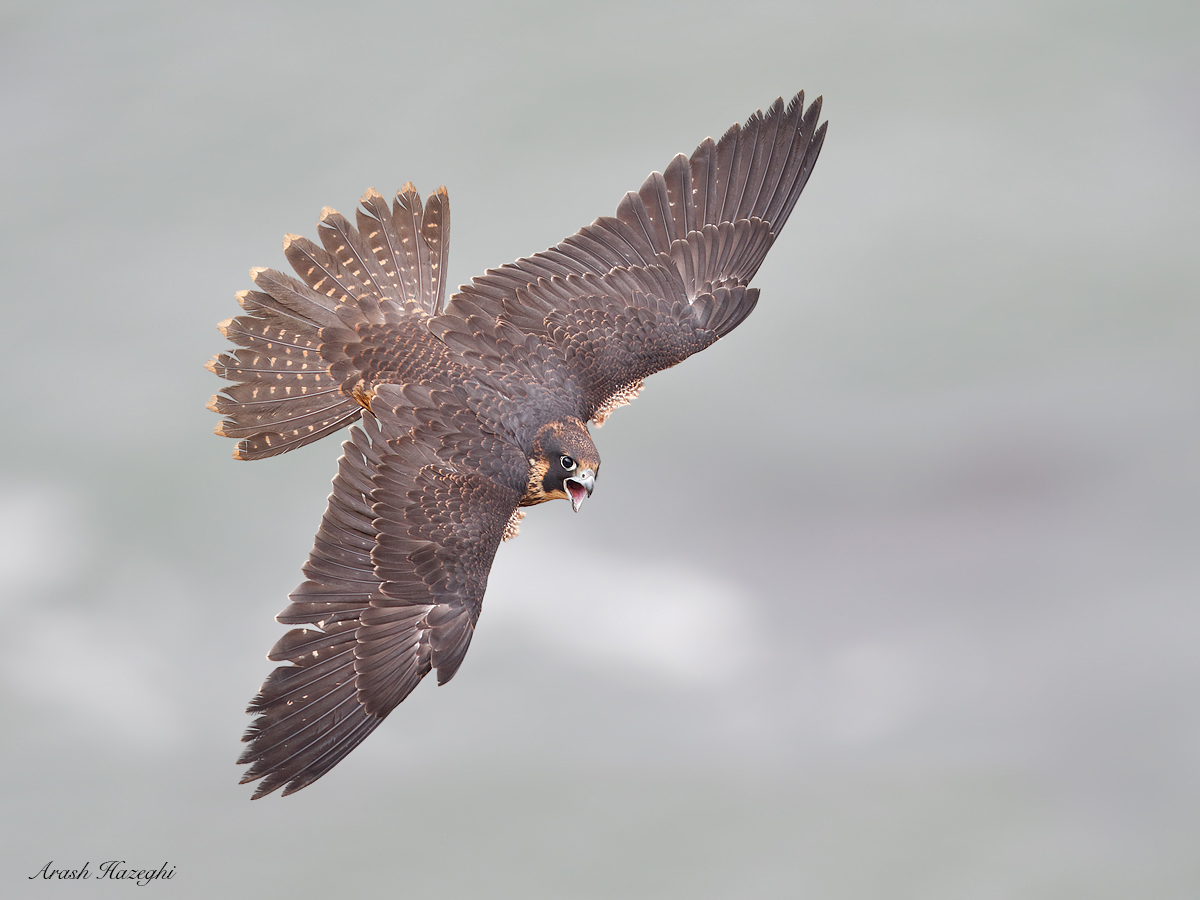
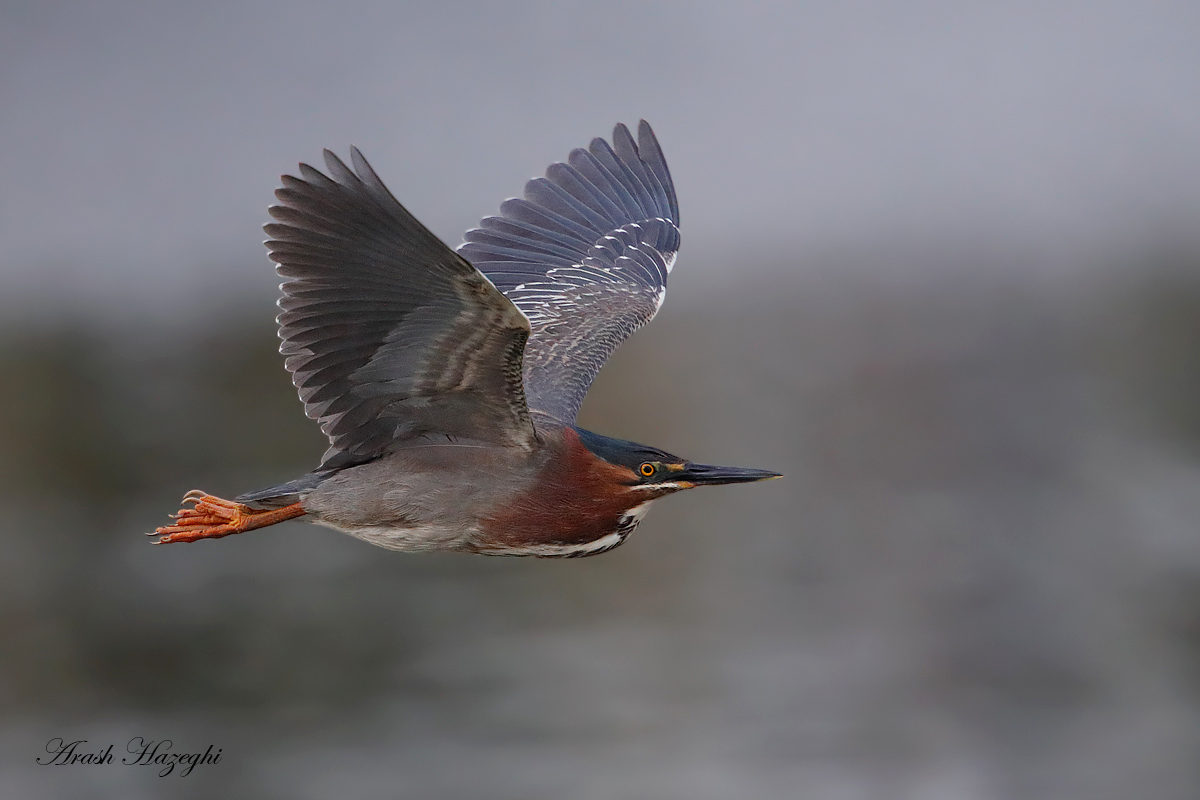
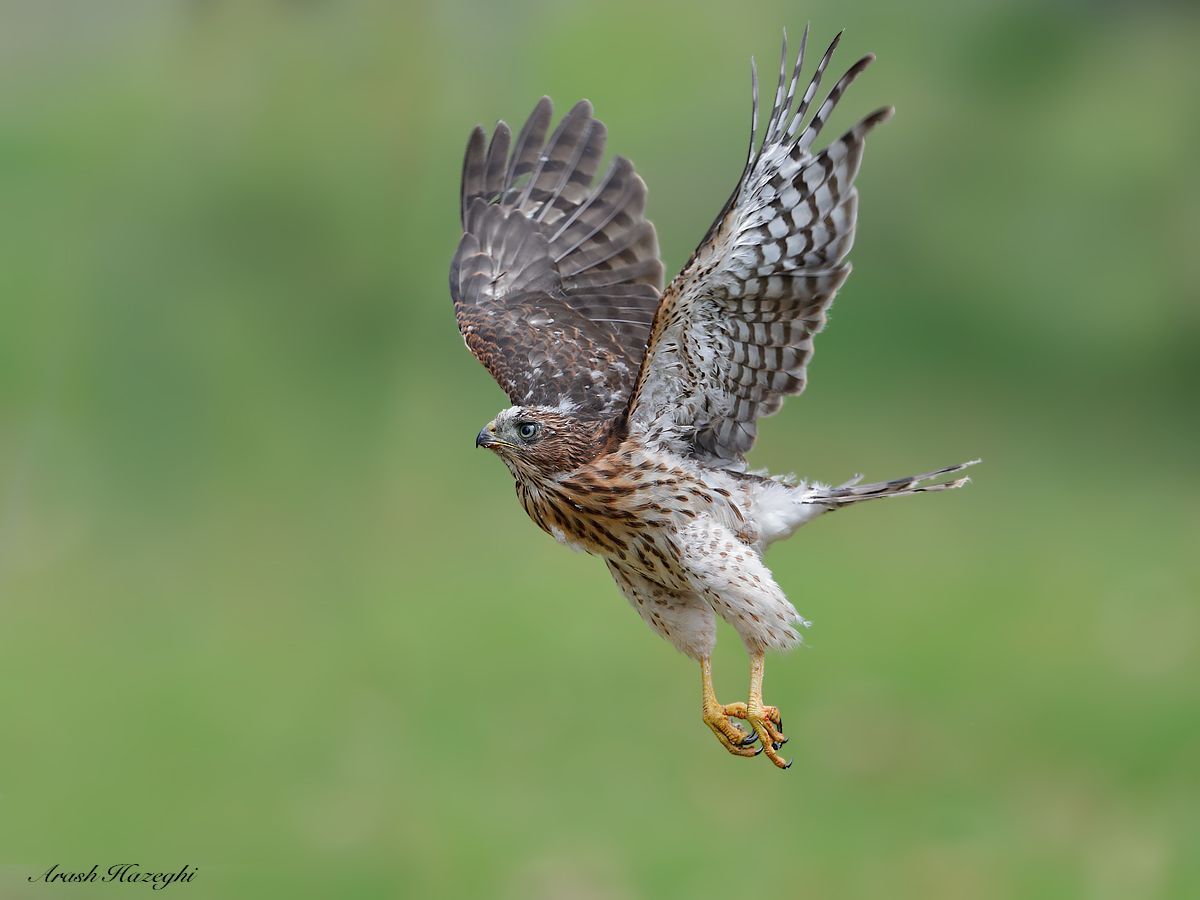
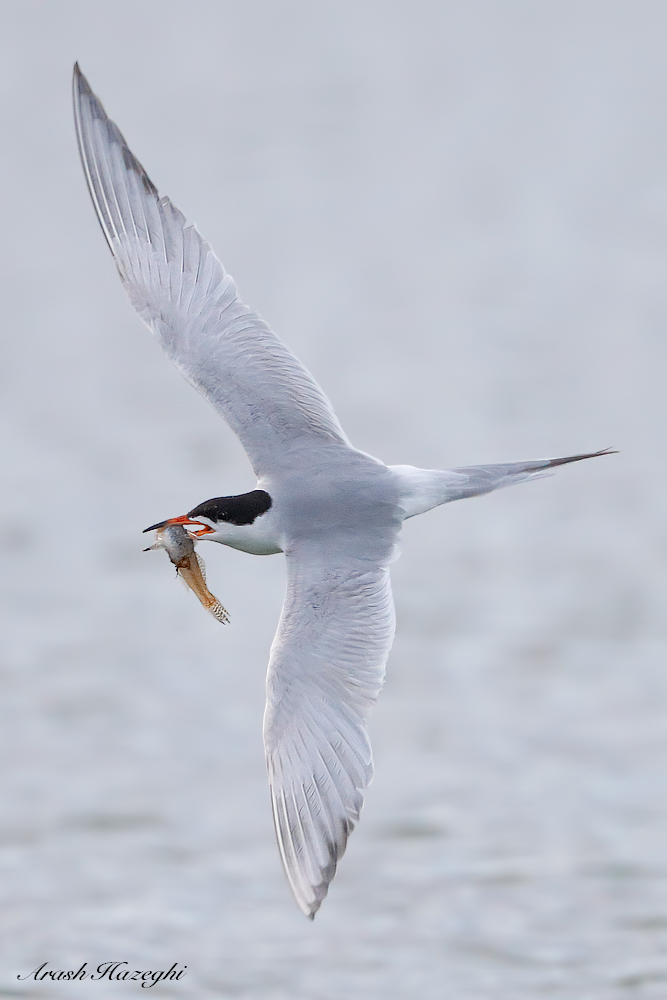
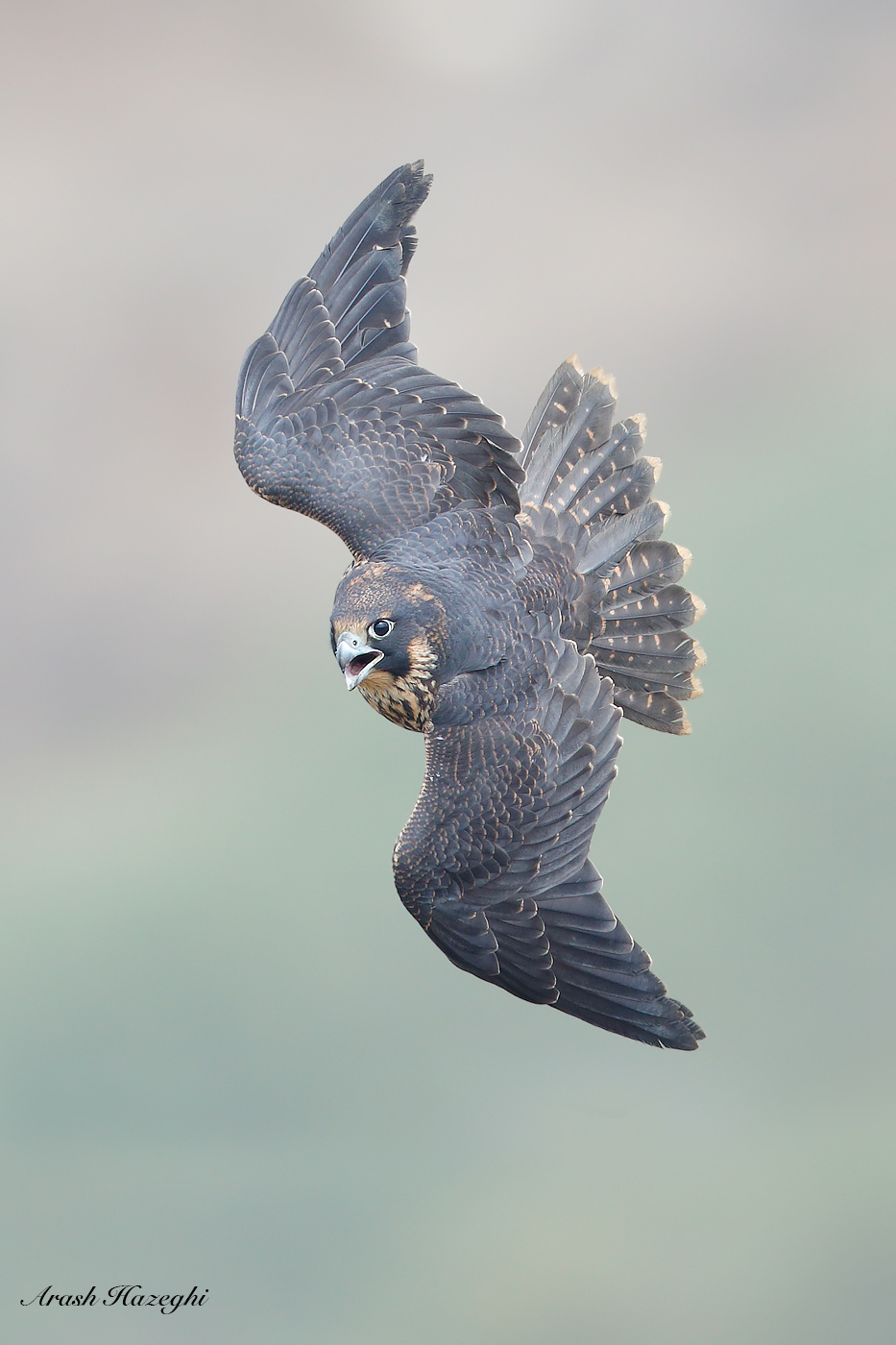
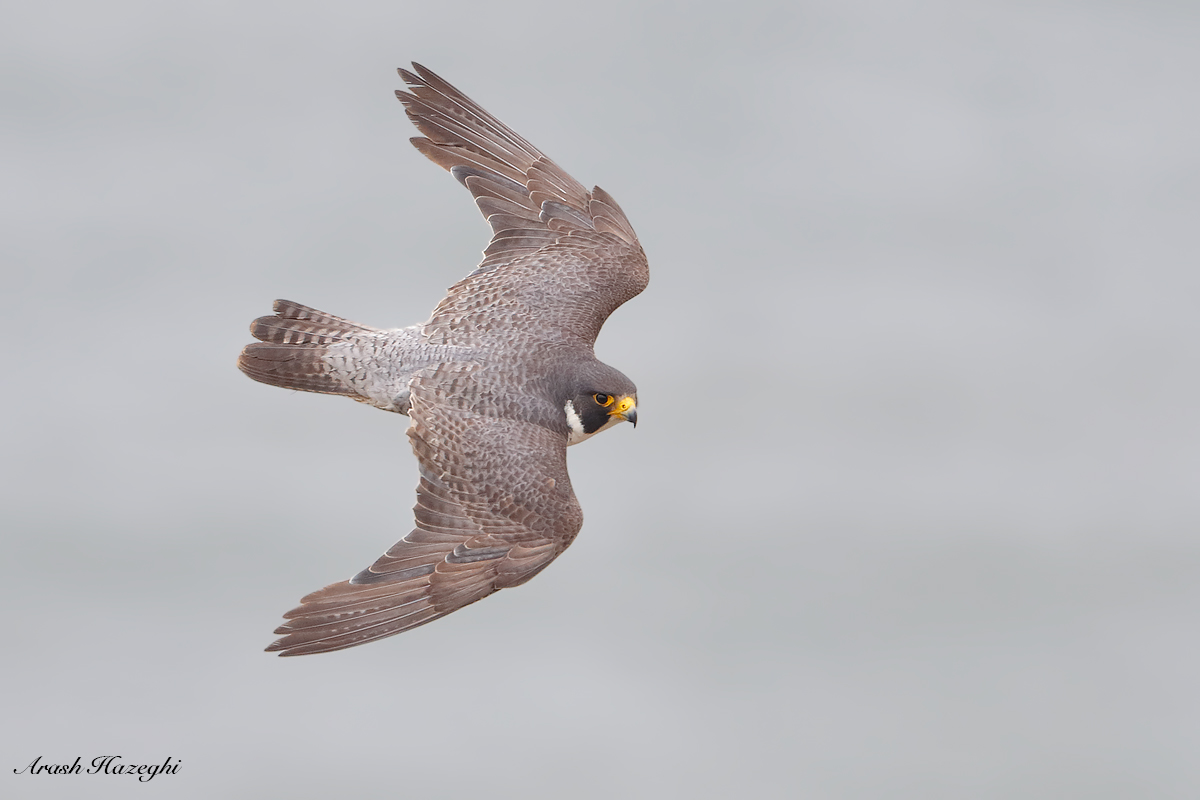
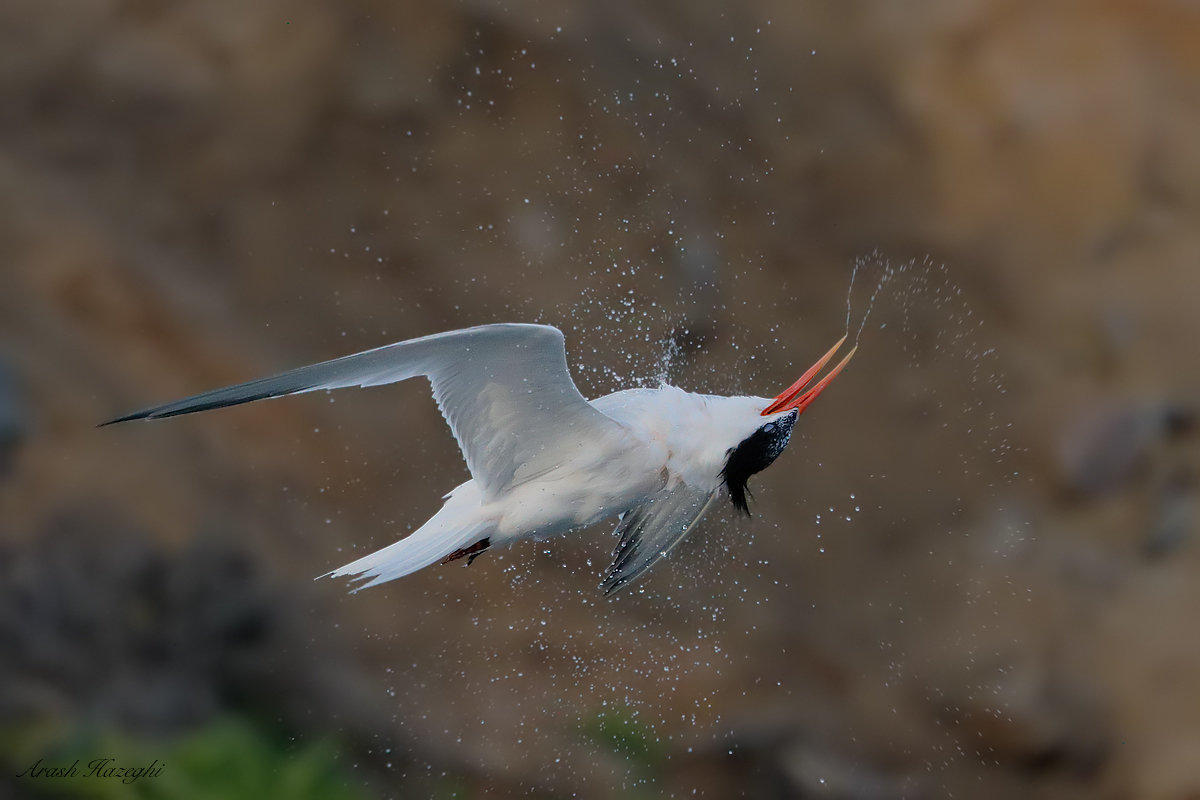
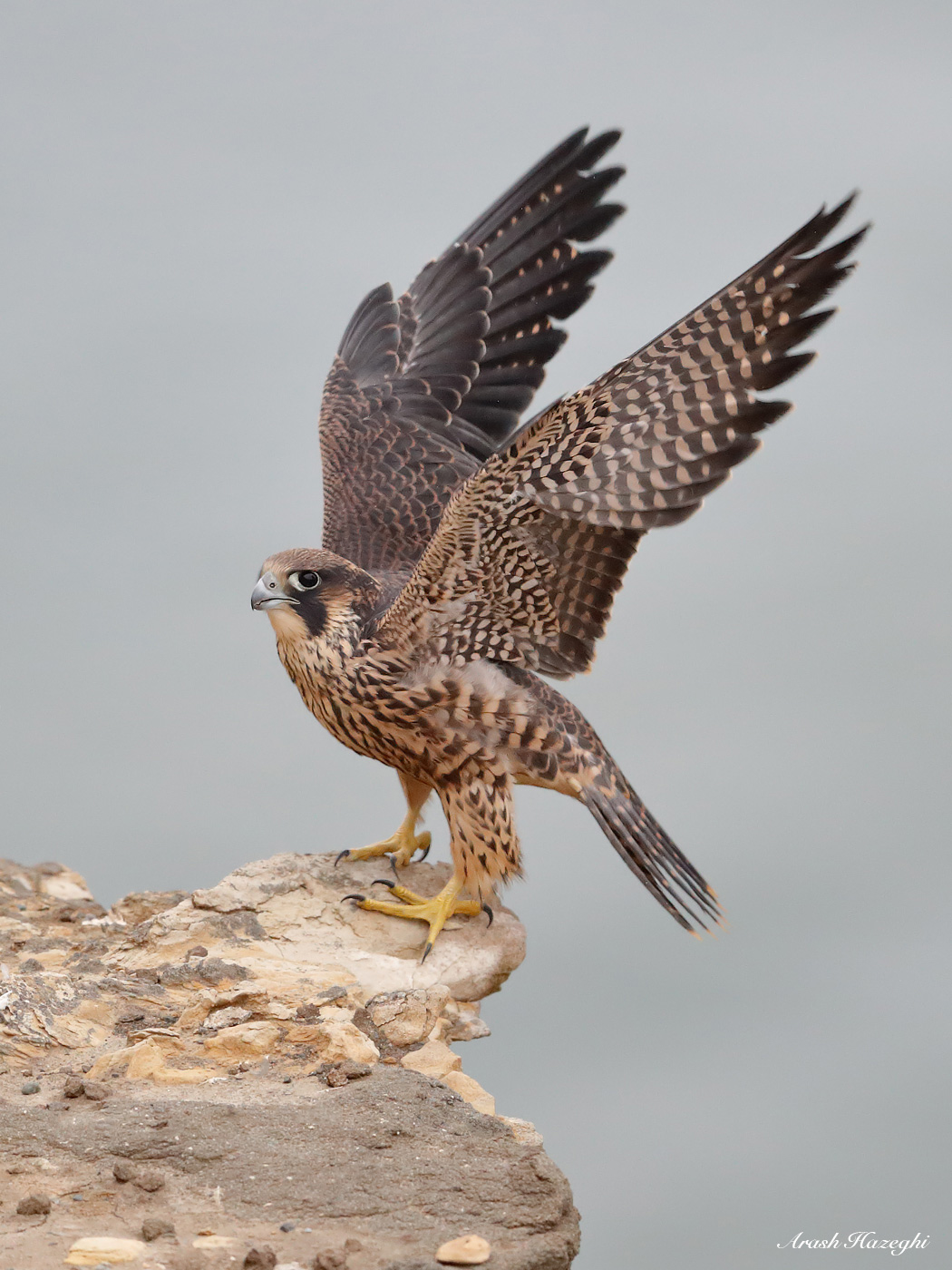













All are amazing but I am with John Patton on the Green Heron!
I don’t know how much lighter and shorter is the new 600 compared to the “old” 600, but there is no way I can handhold that monster. Arash Hazeghi must have very long and very strong arm! How tall is he?
He is a little guy, about five nine or so…
a
Images 4&5 No 4 because I’ve recently tried shooting terns and they are very fast, and no 5 because of the turning, calling and sharpness.
Thank you both Artie and Arash, your work is so helpful and very much appreciated from way over in Oz!
Terns are easy when compared to falcons! Best and thanks and YAW,
artie
Great review and images but what about that UFC fight, Artie. Amazing!
Thanks for not spoiling it for me. I Paid Per View and Tivoed it. I was watching the fight on Sunday morning when I saw your comment. I was really rooting for McGregor. I thought that the fight would be a draw at best…
See you in 7 weeks!
a
Thanks Artie and Arash for sharing this wonderful gift of a blog post! These flight shots are simply amazing. I have spent some time attempting to photography falcons in flight—a very challenging subject! Arash these are masterful images!
I would be curious to know what Autofocus settings Arash likes to use for flight shots.
My favorite shot is # 5 of the juvenile falcon.
Having followed Arash since 2009, nothing he captures and presents surprises me! Amazing images!!
First of all, Artie thank you for dedicating 12 hours to this blog.
I really appreciate the work you put into this, including how you presented and organized it and your comments. Also, adding the link to the BPN comments was also helpful.
When I saw photo #1, several expletives came immediately to mind, but for the purposes of this blog I’ll say: incredible and amazing.
Impossible to pick just one favorite. I like #1 – the position of the bird, the clarity and sharpness. I love seeing every feather in such beautiful display.
I like #7 – a very unusual shot. Looks like Arash anticipated the shot and was ready when the opportunity came up. You nailed it Arash! Love the capture of the spray and drops of water. Too bad the bird’s right wing isn’t more visible, but this doesn’t detract from the photo for me.
I would like to know more about Arash and his background in photography. His blog has no info about him! Clearly, he is super smart and a talented artist.
Arash – thank you for sharing these shots, and thanks for all the guides you’ve produced with Artie.
Hi g-Kerry,
YAW. I am trying to get a short bio from Arash.
later and love, a
Each of those images were terrific.
Arash, where in North. Calif. do you photograph wildlife?
Best to track him down on BPN.
artie
Photographer, Camera, Lens. That is a trifecta. To pick a photo I pick #7 do to degree of difficulty. All shots are great!
Excellent photos all and a much appreciated review of the new body. If I were forced to choose, I would say # 5 because of the angle of the bird. I guess what impresses me the most after reading Arash’s review are his comments about the vastly I mproved AF system. Can’t tell you how many images I haved missed due to focus issues. Operator error I’m sure for many, but if the body can help, why not, assuming you have the bucks for the “investment”.
Thanks for sharing this Artie, and thanks to Arash’s (and you) for writing it.
Be good!
Frank
YAW Frank,
Be sure to read tomorrow’s post carefully 🙂 And to look at the images. Big surprises coming.
later and love, a
Incredible! and a great signature!
It’s nearly impossible to pick a favorite. All are excellent and the review was also excellent. Thanks, Artie, for offering us Arash’s article. I guess I’d pick #7 as my first choice because I’ve never seen this rolling action. The water droplets create a greater feeling of action to the image. I would pick #5 as my next favorite followed by #3 and #2. I would love to have any of these images in my portfolio! Truly fantastic.
All are great shots, but the Green Heron is my favorite. I have seen very few flight photos of a Green Heron and those I have seen were not nearly as sharp as this one. The sharpness, wing position, head position and background all work together to make this photo perfect. Would love to have this hanging on my wall.
There is no way to pick a favourite. They are all amazing shots that I can look at over and over again.
I wonder if Dr. Hazeghi has been lifting any free weights in order to improve his strength and stamina.
Olympic Gold Medals, plural, for Arash and his photographs.
Skill, talent and determination are on display here.
These are the most amazing bird flight shot that I’ve seen in a long long time!!!!
All I can say is, Wow!!!!
Impossible task! My genuine compliments to the photographer! Fabulous shots…EVERY one!!